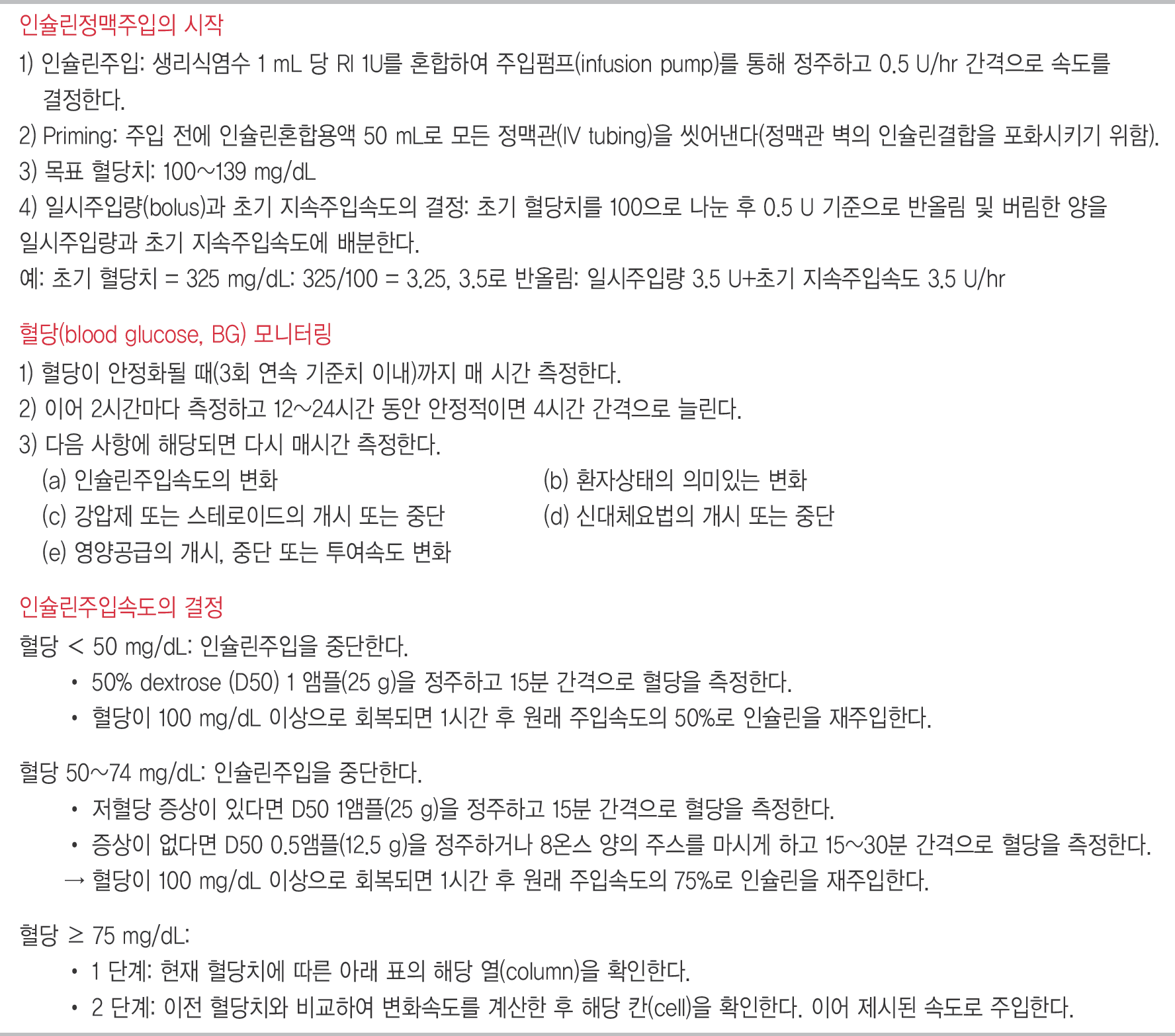Abstract
Unlike minor operations, major surgeries require strict glycemic control using intravenous insulin infusion in patients with diabetes. The postoperative transition to subcutaneous insulin, if needed, can begin several hours before discontinuing intravenous insulin, by reinitiation of basal insulin reinitiation. Basal-bolus insulin regimens are safer and more effective in hospitalized patients than supplemental-scale regular insulin.
REFERENCES
1. Markovitz LJ, Wiechmann RJ, Harris N, Hayden V, Cooper J, Johnson G, Harelstad R, Calkins L, Braithwaite SS. Description and evaluation of a glycemic management protocol for patients with diabetes undergoing heart surgery. Endocr Pract. 2002; 8:10–8.





 PDF
PDF ePub
ePub Citation
Citation Print
Print



 XML Download
XML Download